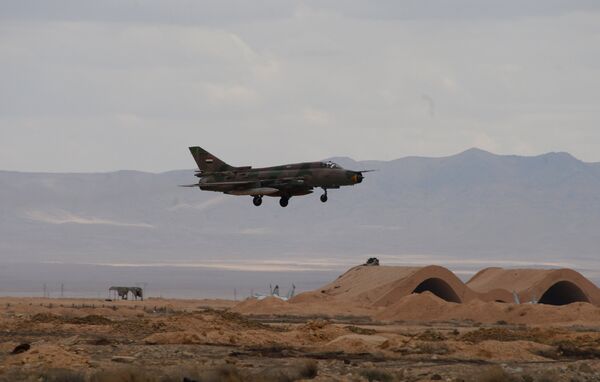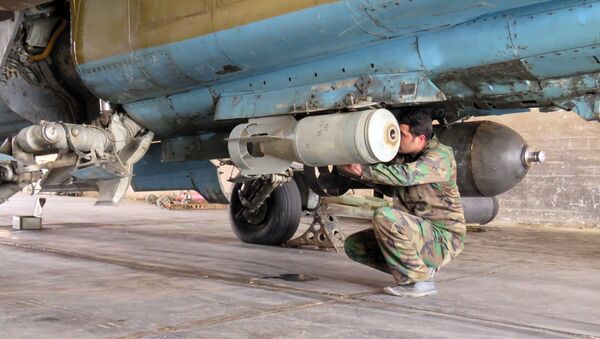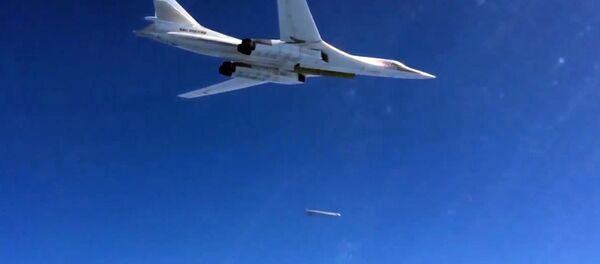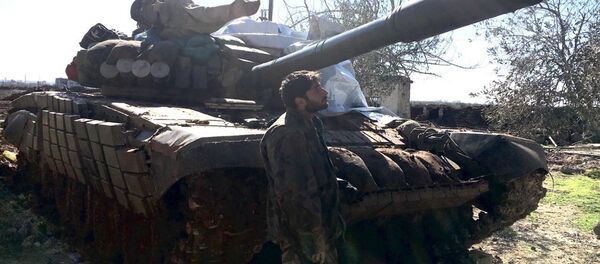The attacks have impaired Daesh’s ability to supply its forces near the recently-liberated city of Palmyra with arms, medical equipment and food, FARS reported.
The airstrikes came shortly after sources said that scores of Daesh terrorists had been killed and many more wounded after the pro-government battalions of Raqqa province's tribal forces clashed with the terrorists in the area.

"The tribal forces and the Syrian Army have advanced against the ISIL terrorists in Qabaqeb and al-Tim oil well and are pushing towards the city of Raqqa," the sources said.
Meanwhile, fighting has erupted between a militant group and Daesh near Damascus, where Jaysh al-Islam (the Brigade of Islam) stormed Daesh positions to the northeast of the capital, according to the sources, which cited a heavy death toll from the fighting.
In February 2015, the UN Security Council unanimously adopted Resolution 2268, endorsing a Russia-US agreement on the cessation of hostilities in Syria; the ceasefire came into force shortly thereafter, on February 27, and fighting throughout much of the country subsided. However, Daesh and the Al-Nusra Front were not included in the truce.
Between September 30, 2015 and March 14, 2016, the Syrian Army's anti-terror efforts were backed by an extensive Russian air campaign. During that period, more than fifty Russian warplanes, including Su-24M, Su-25 and Su-34 jets, conducted precision airstrikes on Daesh and Al-Nusra targets in Syria at the behest of President Assad.
Moscow will maintain a military presence in Syria, although a deadline for a complete pullout has not yet been announced. Putin also indicated that Russian forces will remain at the port of Tartus and Hmeymim Airbase.





